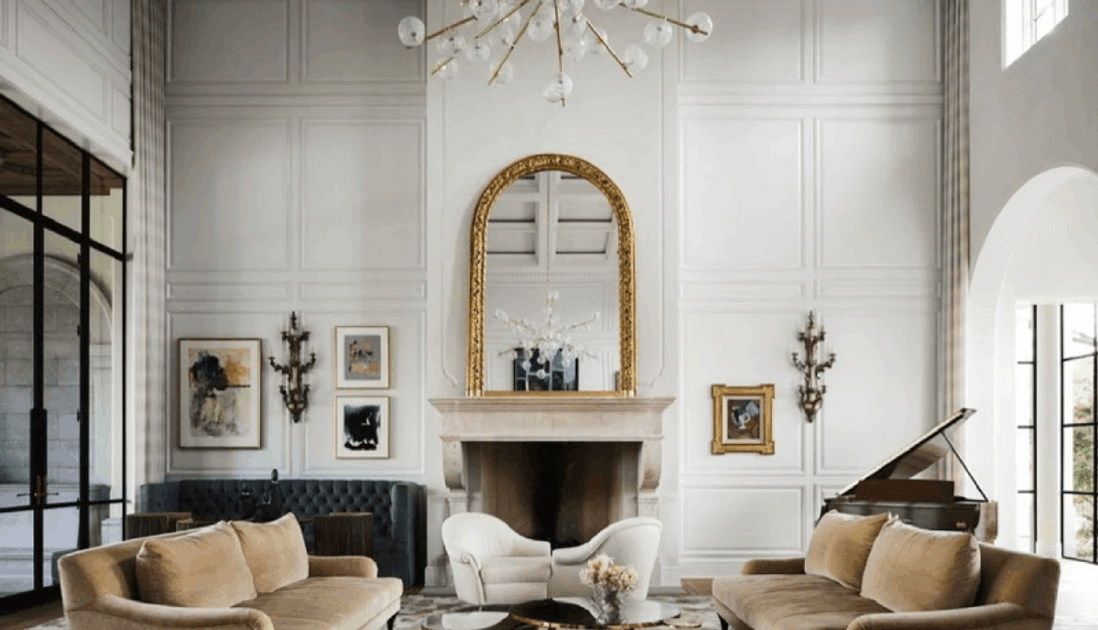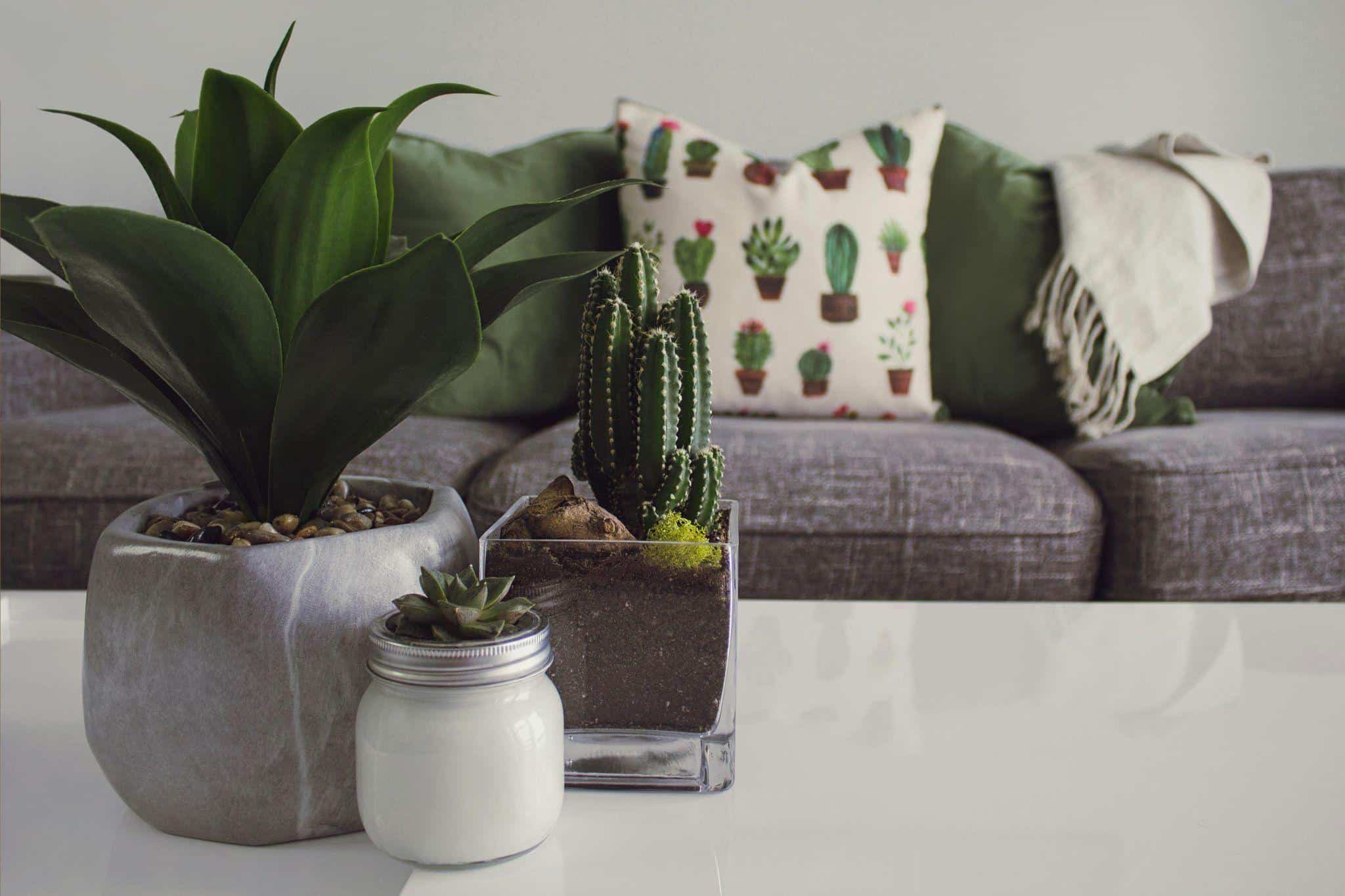Living in a small space means less space to clean, cozy vibes, and often lower costs. But it also comes with challenges, and rooms can feel cramped, dark, and cluttered if they aren’t laid out or styled thoughtfully. The good news is you don’t need to knock down walls or start a full renovation to make your home feel more open and welcoming. With just a few smart changes, you can completely transform the atmosphere of any room.
This issue is especially common in places like Des Moines, where many older homes and apartments tend to have smaller floor plans and limited natural light. Whether you’re working with a snug downtown studio or a compact home in one of the city’s older neighborhoods, creating the illusion of space is all about using what you already have.
Whether you’re refreshing a single room or rethinking your entire layout, the ideas in this article will help you make your space feel bigger, brighter, and more comfortable to be in.
Let’s take a look at some of the easiest and most effective ways to do just that.
Hidden Dust Matters
Keeping your home clean goes beyond vacuuming floors and wiping down counters. Some of the biggest contributors to indoor dust, odors, and allergens are the areas you rarely think about — like behind appliances, under furniture, and inside your ventilation system. Over time, these hidden spots collect debris that can impact your home’s air quality and overall freshness.
One often-overlooked task that can make a big difference is duct cleaning in Des Moines, IA. When your air ducts are clogged with dust and buildup, it not only affects airflow but also circulates particles throughout your living space. Having them professionally cleaned helps reduce allergens, eliminate lingering odors, and improve the overall comfort of your home.
By combining surface-level tidying with deeper maintenance like duct cleaning, your home will feel cleaner, fresher, and healthier from the inside out.
Use Light and Neutral Color Palettes
Color has a big impact on how spacious or cramped a room feels. Lighter shades reflect more light, helping a room look open and airy. White, soft beige, pale gray, and other neutral tones are ideal for small spaces. They create a calm background that doesn’t overwhelm the eye.
Try painting your walls, ceiling, and trim in similar tones. This can blur the lines between edges and make the room appear larger than it really is. You can still add personality and texture with soft-colored pillows, throws, or rugs. Just try to keep the base color scheme light and cohesive.
Dark colors can be beautiful, but they tend to absorb light and make a space feel smaller. If you love dark tones, consider using them sparingly—maybe for a small accent piece or in a larger, better-lit room.
Incorporate Mirrors and Reflective Surfaces

Mirrors are a go-to trick for creating the illusion of more space. When placed strategically, they reflect both light and the room itself, which instantly gives the feeling of depth. A large mirror on the wall can make it seem like there’s another window or an extension of the room.
Consider positioning a mirror opposite a window so it reflects sunlight and distributes brightness throughout the room. Even smaller mirrors or mirrored furniture pieces—like a side table or dresser—can help brighten things up without taking up extra room.
In addition to mirrors, think about adding other reflective surfaces. Metallic picture frames, glossy tiles, or even glass decor items can help light move around and make the space feel less boxed in.
Choose Multi-Functional Furniture
When you’re working with limited square footage, each furniture item should offer more than just one use. Versatile pieces are one of the best ways to maximize your space while keeping things tidy and practical.
Seek out furniture designed with dual functions in mind. For example, ottomans that open up for storage, beds with built-in drawers, Or a wall-mounted desk designed to be used as a dining surface when needed. These pieces reduce clutter and allow you to use your space in different ways without adding extra bulk.
Declutter and Go Minimal
Clutter can make even a big room feel small and chaotic. In a small space, it becomes even more noticeable. That’s why keeping things simple and minimal really helps. When you reduce the number of items in a room, you automatically make it feel more open and peaceful.
Start by clearing off surfaces like countertops, tables, and shelves. Try to keep only the things you actually use or love. It’s okay to have a few decorative items, but avoid having too many small things all over the place. They can make a room feel messy even if it’s clean.
Storage is your best friend in a small room. Use baskets, bins, and drawers to keep things out of sight but easy to access. If you haven’t used something in a while, it might be time to donate it or store it elsewhere.
Keep Flooring Continuous
Flooring plays a bigger role in room size than most people realize. When your floors are broken up with different materials or colors, it can make a space feel smaller and more closed off.
If possible, use the same type of flooring across your space—especially if you live in an open-concept home or apartment. This creates a seamless look that helps everything feel more connected.
If your space already has different flooring, you can still keep it looking smooth by using large area rugs in light or neutral tones. Avoid using lots of small rugs that break the space up even more.
Also, try to keep the floor as clear as possible. Use furniture with legs instead of pieces that sit directly on the floor. This helps light travel underneath and gives a more open feel.
Making a small space appear more open and full of light doesn’t mean you have to spend a lot of money or do major renovations. Simple changes like letting in more natural light, choosing lighter colors, and cutting down on clutter can completely change the way a room looks and feels.
Adding mirrors, smart lighting, and tall storage helps give the impression of added spaciousness. Keeping your floors clean and consistent adds to the sense of openness. Above all, making thoughtful choices about what to keep in your space and what to remove can help your home feel calm, cozy, and comfortable.

